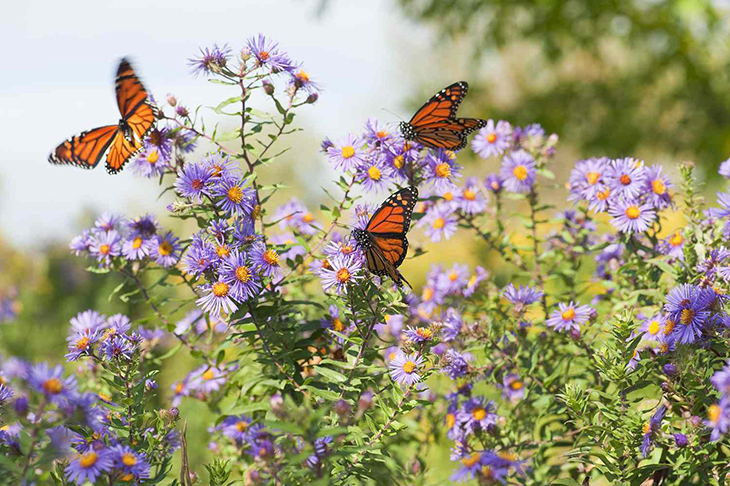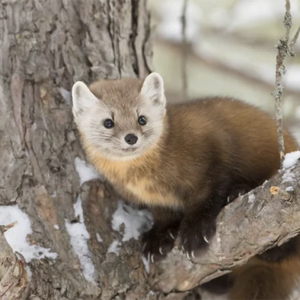
A new report reveals that Britain’s butterflies are making a remarkable recovery, largely thanks to the safe havens provided by Britons’ gardens.
In a groundbreaking study focused specifically on butterfly trends in UK gardens, researchers found that half of the 22 surveyed butterfly species experienced a faster population increase in gardens compared to other habitats between 2007 and 2020.
The study, carried out by the British Trust for Ornithology (BTO), involved the participation of nearly 8,000 volunteers in the BTO Garden BirdWatch scheme. These volunteers recorded not only birds but also other garden wildlife on a weekly basis.
The findings showed that the numbers of marbled white and large skipper butterflies grew by over 200%, while the holly blue, small skipper, ringlet, brimstone, and orange-tip butterflies saw a 100% increase in their populations.
Interestingly, marbled whites, large skippers, and small skippers, which are typically found in grasslands, have recently expanded their range in the UK.
While the exact reasons for their significant growth in gardens remain unclear, one theory suggests that gardens provide a refuge and abundant food sources for these species.
The previous year, a report by Butterfly Conservation highlighted that 80% of UK butterfly species had experienced declines since the 1970s. Therefore, this new study’s findings are especially encouraging.
“It is extremely encouraging to see that gardens are contributing to the population growth of some of the UK’s widespread butterfly species,” Dr. Kate Plummer said. She’s the BTO Senior Research Ecologist as well as lead author on the paper.
“We are increasingly finding that gardens are crucial for biodiversity conservation, and these new findings certainly support that.”
Butterflies, although not as efficient as bees, play a significant role as pollinators in gardens and the countryside. Plants that attract butterflies have likely developed reproductive strategies that align with these insects, indicating a co-evolutionary relationship. Consequently, if butterfly populations decline, the plants they rely on for sustenance will also suffer.
“Ongoing monitoring, with the help of citizen scientists, will help us to better understand how to maximize the positive environmental impacts of our gardening activities,” Dr. Plummer also said.
The butterfly populations in the wider countryside experienced an increase, but the increases observed in gardens were generally larger. This trend aligns with previous findings from the UK Butterfly Monitoring Scheme, and the BTO emphasizes the significance of gardens in the species’ recovery based on their results.
Since private gardens are not easily accessible, the BTO believes that their citizen-science approach provides valuable insights into the impact of human activity on butterflies, offering a clearer understanding of the situation.
Crucially, the study’s findings underscore the role of individual garden owners in safeguarding and improving butterfly populations in the UK through their choices in gardening practices.
“Thanks to the recording efforts of our dedicated Garden BirdWatch participants, we are understanding more and more about the importance of garden habitats for all sorts of wildlife,” said Dr. Michelle Reeve, BTO Garden BirdWatch Manager.
“The fates of bird populations are inextricably linked to that of other species, including butterflies, so learning how they are faring is crucial.”
According to the BTO, if you want to optimize your garden for butterflies, it is recommended to focus on perennial plants and consider the location carefully.
Butterflies have a strong inclination to visit areas in the garden that are sunny and sheltered. They are particularly attracted to scented blooms that are showcased in large and easily visible arrangements.
What are your thoughts? Please comment below and share this news!
True Activist / Report a typo


